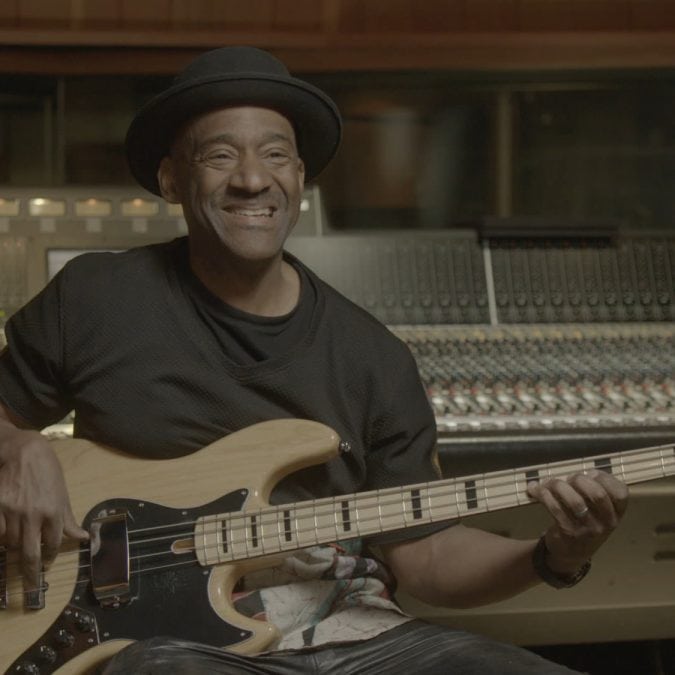The 5 Biggest Mistakes People Make Watching Films In Bed And How To Avoid Them

The 5 Biggest Mistakes People Make Watching Films In Bed And How To Avoid Them
There’s something comforting about turning your bedroom into your own personal cinema. No need for overpriced popcorn or the quiet fury of someone kicking the back of your seat. Just your film of choice, soft lighting, and maybe a blanket or two.
But here’s the thing: while the setup might feel ideal, the way we watch films at home isn’t always kind to our bodies. Those cosy, curled-up positions? They can cause real aches the next day. According to Simba’s research, 38% of UK adults regularly wake up with neck pain, and 26% say it comes directly from a stiff or sore neck. And if you’re settling in for a double bill, or dozing off before the ending, that setup matters more than you think.
Here are five common movie night sins that might be running your bedroom cinema, with advice from a sleep expert.
Watching in a twisted position
It starts off fine: you’re lying on your side, twisted slightly towards the screen, one arm tucked under your head, the other clinging to your drink. It feels soft, warm and relaxing until about halfway through the film, when your shoulder starts to go numb or your neck twinges when you move.
One-off discomfort is one thing, but if you’re watching like this most nights, you’re setting yourself up for long-term strain. The problem is, our spines aren’t designed to stay in bent or twisted positions for hours at a time, especially not without support.
Lisa Artis from the Sleep Charity warns: “Improper support for your head and neck can lead to misalignment of your spine, causing neck pain and disrupting your sleep quality.” It’s easy to forget this when you’re focused on the film, but your posture still matters, even during a slow-burn thriller.
Fix it: If you’re watching from bed, sit up with your back properly supported. Use a sturdy cushion behind you or a pillow designed for upright comfort. If you’re on the sofa, make sure your neck isn’t twisted to face the screen, reposition the screen if needed, or shift your whole body to face it head-on.
Drifting off mid-film in the wrong position
It wasn’t your plan to fall asleep. You were just going to rest your eyes. But the film slowed down, the room was warm, and before you knew it, you were out cold. Waking up hours later with a dead arm and a sore neck? That’s not the kind of twist ending anyone wants.
The problem isn’t falling asleep during a film, it’s how you fall asleep. Unsupported sleep, even for an hour, can throw your whole neck and spine out of alignment.
Fix it: If there’s a chance you might drift off (and let’s be honest, there usually is), get set up properly at the start. That means a supportive pillow, your shoulders not on the pillow (yes, that’s a thing, 11% of Brits do it), and your body in a natural, aligned position. Even short naps are better when your setup is right.
Making your pillow do all the work
A proper pillow can make or break your comfort, whether you’re lying down or propped up watching something. But what most people do is treat their pillow like a one-size-fits-all tool. Fold it. Sit on it. Squash it into shape. Simba’s research shows 29% of people admit to folding or doubling up pillows for extra support, but it rarely helps. In fact, 35% of those people also report regular neck pain.
Artis puts it simply: “Pillows aren’t designed to be folded. It creates uneven pressure and strains the neck.
Fix it: One well-designed pillow is better than a pile of flat ones. Something adjustable, like the Simba Hybrid Pillow, lets you change the height and firmness depending on whether you’re lying flat or sitting up. It does this with innovative Nanocubes, which allow each of Simba’s Hybrid Pillows to be adjusted in firmness and height by adding or removing the nanocubes. And if you’ve been using your pillow as a snack tray, footrest, or backrest, maybe give it a break.
Letting snacks take over the bed
You’ve got your snacks sorted: popcorn, chocolate, maybe a packet of crisps if you’re feeling bold. But then comes the question: where do you actually put them? On your lap? Balanced on the edge of the duvet like it’s a makeshift table? Or, the ultimate offence, resting right on your pillow like it’s a tray in disguise? It might seem harmless at first, but give it ten minutes and you’re dodging rogue kernels, fishing melted chocolate out of the sheets, or twisting at odd angles to avoid knocking something over. Not exactly peak comfort. And let’s be honest, nothing kills the tension of a good scene faster than someone rustling through a crisp bag like they’re digging for treasure.
Fix it: Plan your snack zone. Use a tray or small side table if you can. And if you must have them in bed, go for a big, stable bowl that sits comfortably in your lap. Avoid anything that requires digging, twisting, or reaching behind you while half-watching the screen.
Sharing space like it’s a competitive sport
Some might think it would be warmer sharing a blanket. Those people have never shared with a blanket hogger. They believe they require more than you do, but instead of negotiating it, you’ll find the duvet incrementally pulled towards them suddenly, you’ll notice a cold spot, but by then, it’s too late. If you are this person, it’s time to touch up on your duvet etiquette. If you’re a regular victim of this cruel crime, it might be time to upgrade to a bigger duvet.
It’s not just human company you should be wary of; are you sharing your pillow with a pet? 12% of Brits do this, and while it might feel cute, it often means less space, less hygiene, and more neck strain.
Artis added: ‘’If you love having your pet close, provide them with their own dedicated bed nearby, or look to wash your actual pillows, not just your pillowcases, once every two weeks. Regular washing helps remove built-up allergens, bacteria, and oils that can affect both your skin and your breathing. And if your pet does sneak up now and then, consider using a protective pillow cover to act as a barrier and extend the life of your pillow.’’
Fix it: Be realistic. Bring two pillows. Use a larger blanket. Give your pet their own spot. If you regularly watch films with a partner or housemate, agree on who sits where and what each of you needs to be comfortable. Comfort isn’t just personal, it’s also about not feeling like you’re wrestling for space while trying to watch something.
Final thoughts: comfort that lasts past the credits
Movie nights are meant to be relaxing. But comfort doesn’t just come from a good plot and warm lighting. It comes from thinking ahead, setting yourself up properly, avoiding awkward angles, and treating your body with a bit more care.
A few tweaks to your setup now could mean better sleep later. And a film night that feels good, from the opening scene to the very last frame.
We hope you're enjoying BRWC. You should check us out on our social channels, subscribe to our newsletter, and tell your friends. BRWC is short for battleroyalewithcheese.
Trending on BRWC:

A Complete Unknown: Review

Warfare – Review

We Want The Funk: Review

Sinners: The BRWC Review









NO COMMENTS
Sorry, the comment form is closed at this time.